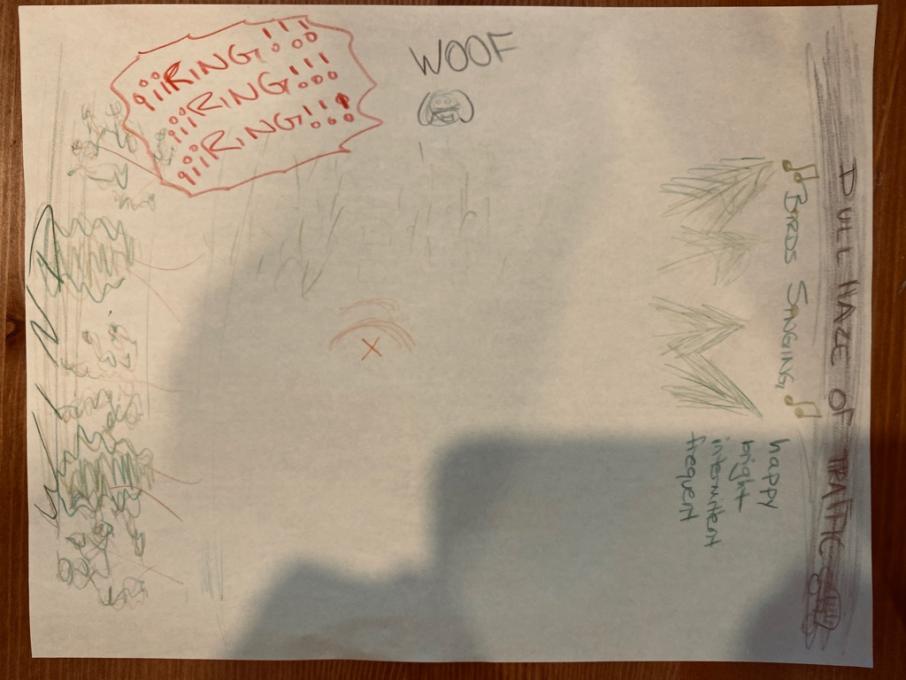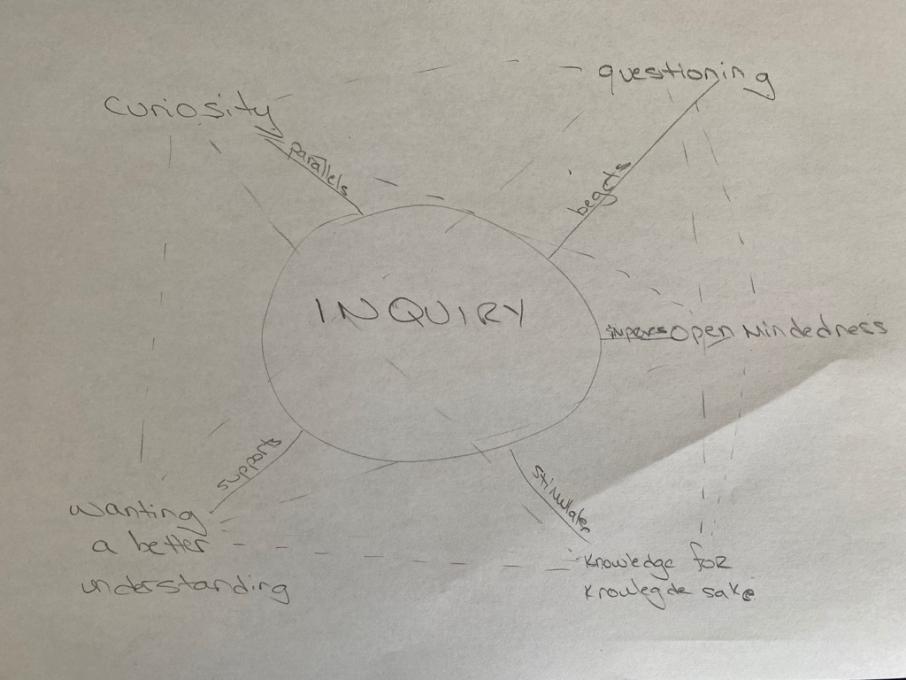Alana
Forum Replies Created
Viewing 18 posts - 1 through 18 (of 18 total)
-
AlanaParticipantIn terms of assessment, it's always a challenging one, as comprehension is sometimes hard to gauge. The rubrics presented are wonderful. I thought having the other students provide feedback was also a good idea. It would be interesting to have a "speciliast" come in an provide an outside opinion/advice as well.in reply to: Sharing Student Projects #727284
-
AlanaParticipantTime is probably one of the biggest challenges that I've had, it seems that no matter how well organized you are, there is never enough time. Once you get going on a project, students become very enthusiastic and many conversations evolve along with further questions, all of which need time! I'm not sure that I have a solution to this problem!! (ha!)in reply to: Assessing Investigations – Classroom Case Study #727038
-
AlanaParticipanteBird has always been intriguing to me and it was lovely to spend a bit of time becoming familiar with all the various options. I found the website user friendly and the data "approachable" and well laid out. It appears as though anyone with an account can access the information with ease. All the species information was compiled in an easy to find format and the photographs are a phenomenal advantage. The addition of maps and bar charts helps with visualization and understanding of the data and it's processing.in reply to: Data Literacy Through Citizen Science #727034
-
AlanaParticipantPositive reinforcement for any question asked. I notice that kids are more likely to keep coming up with ideas if the reply is along the lines of "great suggestion, i don't know the answer, how could we figure that out, who could help us?" Kids seem to ask more questions when they are outside and free of walls. It allows the "shy-est" kids to approach and ask without needed to raise their hand and ask their question in front of their cohort.in reply to: Launching Investigations #724439
-
AlanaParticipantI have been using Seek by iNaturalist since last week's introductory meeting and am really enjoying it. I like how it will bring up suggestions for where you are and what else to look for. So far, I have no complaints about its ease of use. I can see how the various badges that are acquired could help to motivate students to keep looking. It helps to introduce Kingdom Phylum, Class, Order, Family, Genus & Species to budding naturalists. I am a bit old fashioned and love a really good guide book, but I feel like the app and a guide book could compliment each other, with the photo being used for identification and the guide book helping to supplement information about the finding. I do think that its use is limited in lower income schools, as you need access to the app and a phone/camera.in reply to: Symbiosis in the Soil – Classroom Case Study #723384
-
AlanaParticipantThis sounds like a wonderful program!in reply to: Supporting Open-ended Questions #723379
-
AlanaParticipantWe need to be non-judgmental and opening to all observations. We need to encourage that not knowing the answer is a good thing. One of my favourite things to say is "I don't know", why don't we try to figure that out together! We need to help students to think in terms of theories and hypothesis vs only right and wrong. We need to expose them to the wonders of nature (as cheesy as that sounds! ;-)).in reply to: Supporting Open-ended Questions #723377
-
AlanaParticipantI did this activity with my daughter and it was very interesting seeing how we each depicted sounds differently. I was really able to appreciate how closing my eyes helped to focus on the sounds.in reply to: Encouraging Observations #723372
-
AlanaParticipant
 in reply to: Encouraging Observations #723371
in reply to: Encouraging Observations #723371 -
AlanaParticipantI really appreciate the reminder to share information with outside audiences. It's a great way to get the students involved and allows them to "make a difference".in reply to: Linking Citizen Science & Inquiry #720306
-
AlanaParticipantSuch a beneficial project to have the students share their new found knowledge with the public and be able to actually make a difference and raise awareness!in reply to: Linking Citizen Science & Inquiry #720305
-
AlanaParticipantWhat a great way to get the kids involved and empowered! I love that "today you are the scientist", I can imagine what a positive effect it has on them!in reply to: Citizen Science in Your Classroom #720303
-
AlanaParticipantI believe that all three practises are important for different reasons. Having the students know that they are doing science and that their findings are actually getting used, gives them a wonderful sense of empowerment. It's amazing what kids can come up with if we give them the independence. Framing the work globally and locally helps them see how they can make a difference as an individual. Attending to the unexpected can be a challenging mindset to get across, but an important one to learn early on. I really like the philosophy of "there is no right answer" and "we don't know what we will find", to me, that is the excitement of science!in reply to: Citizen Science in Your Classroom #720302
-
AlanaParticipant
@Amy What a wonderful twist to the experiment. Thanks so much for the suggestion!
in reply to: Inquiry in Your Classroom #720299 -
AlanaParticipantWhat a wonderful way for young children to explore the association between bill shape and diet, all the while approaching it as a fun game!in reply to: Inquiry in Your Classroom #720298
-
AlanaParticipantThese are all wonderful ideas. I'm so happy there are ones that a Canadian can participate in! My family has been a big observer of feeder watch and enjoys frequently popping in on the live birds cams to see "who" is out and about. IT's a wonderful idea to use it as a citizen science project and one that can be done virtually.in reply to: Intro to Citizen Science #720296
-
AlanaParticipantI help co-lead an extracurricular lunchtime class for the grade twos in an elementary school in Canada. We did a Roots & Shoots program (Jane Goodall Institute) and had the kids brainstorm a variety of ways that as individuals and groups they could help locally, having a positive impact on the environment, the flora & fauna within and the people. The kids noted that there was a lot of cement around the school and not too many places that were wildlife friendly. They were primarily concerned about the lack of shelters for wildlife. We were in the process of observing the environment around school and noting which bird species frequented the area. They were also beginning to notice if they saw the same birds at home as they did around the school (lots of magpies were noted around the school ;-). The students were going to research which of the birds they had seen (native vs introduced) and were hoping to build bird shelters for the species that required the most help. Covid hit and schools have been closed since March. Fingers crossed we can continue this project when/if they re-open.in reply to: Inquiry in Your Classroom #720294
-
AlanaParticipant
 in reply to: Intro to Inquiry #720291
in reply to: Intro to Inquiry #720291
Viewing 18 posts - 1 through 18 (of 18 total)

